Saint Suzanne Church
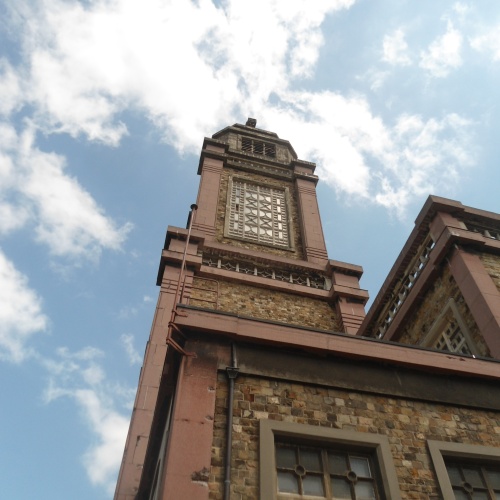
Constructed with a single aisle, the church features a symmetrical facade crowned by a pre-constructed tower. The nave measures 14 meters in height, 27 meters in width, and 47 meters in length. The tower stands tall at 49 meters. This structure is among the earliest churches in Belgium to incorporate the use of steel-reinforced concrete.
The Problem
Certain parts of the church, like the concrete tower, facades and claustras (concrete window frames), showed corrosion problems due to carbonation. Carbonation is a chemical process that occurs when concrete reacts with carbon dioxide in the air, resulting in the formation of calcium carbonate. Carbonation reduces the pH of the concrete from around 13 to about 9, which affects the corrosion resistance of the steel reinforcement embedded in the concrete. The steel reinforcement is normally protected by a passive oxide layer that forms in the alkaline environment of the concrete. However, when carbonation reaches the depth of the reinforcement, the passive layer is destroyed and corrosion can be initiated. Carbonation-induced corrosion can cause structural damage such as cracking, spalling, and loss of strength and durability.
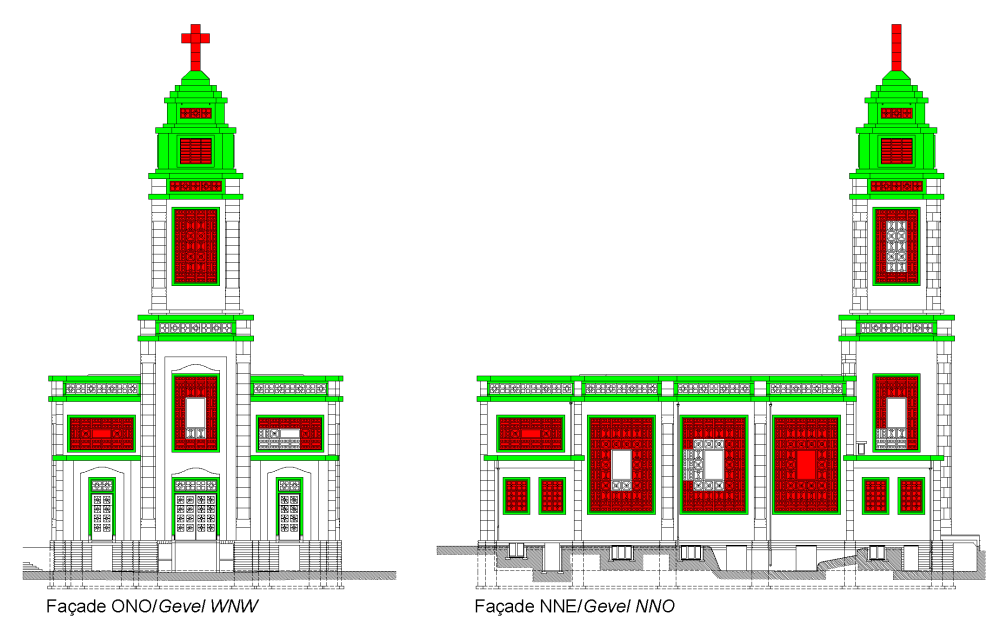
Our Solution
Initially, the request was to apply re-alkalization as it is minimally invasive to complete and maintaining the appearance of this structure is a priority. However, it was determined that the steel reinforcement was not continuous in all zones, which would make an electrochemical treatment like re-alkalization more difficult.
Galvashield CC2 anodes were chosen to protect the structure as they could provide targeted protection to high-risk areas without the need to remove large sections of concrete.
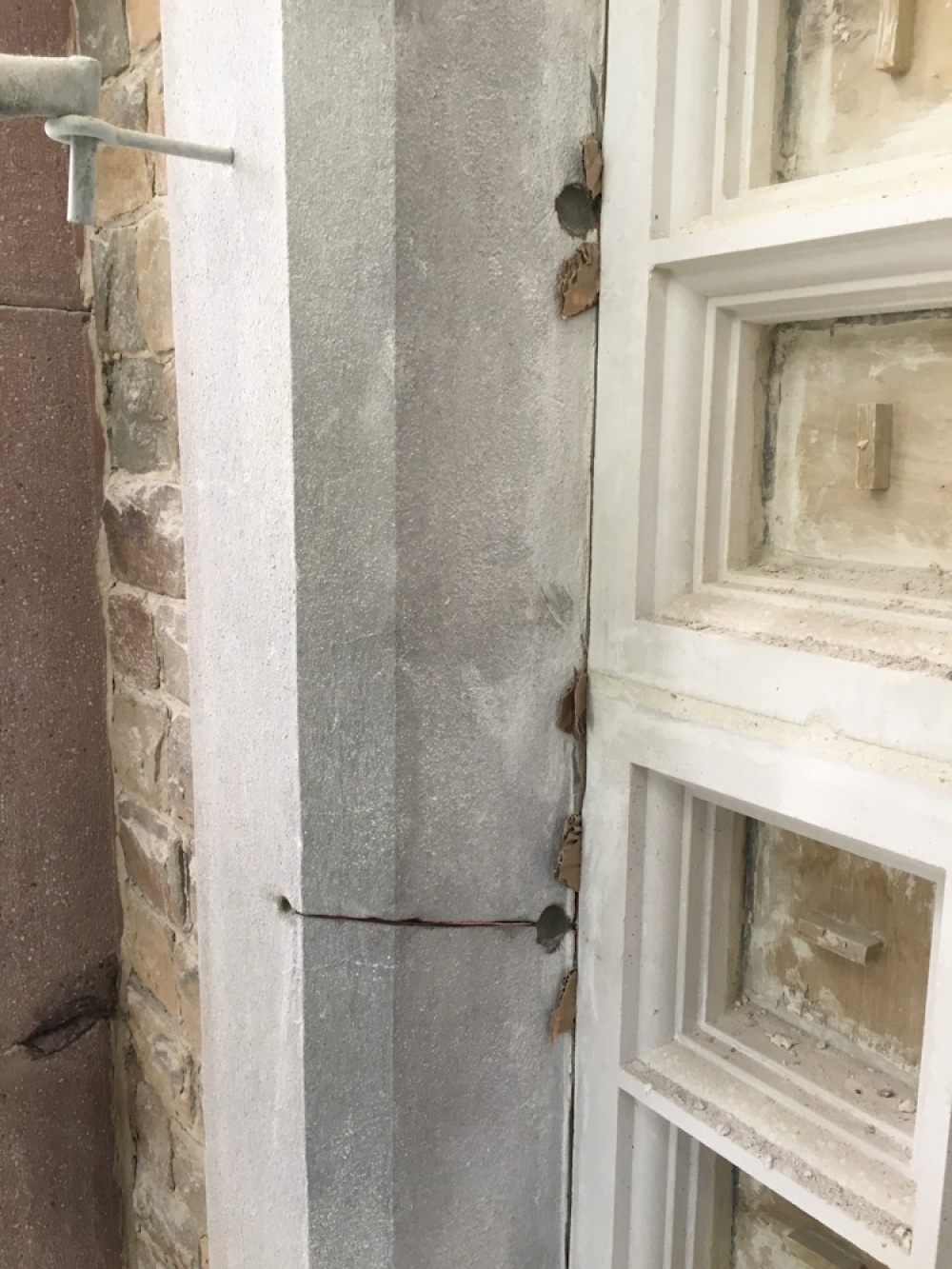
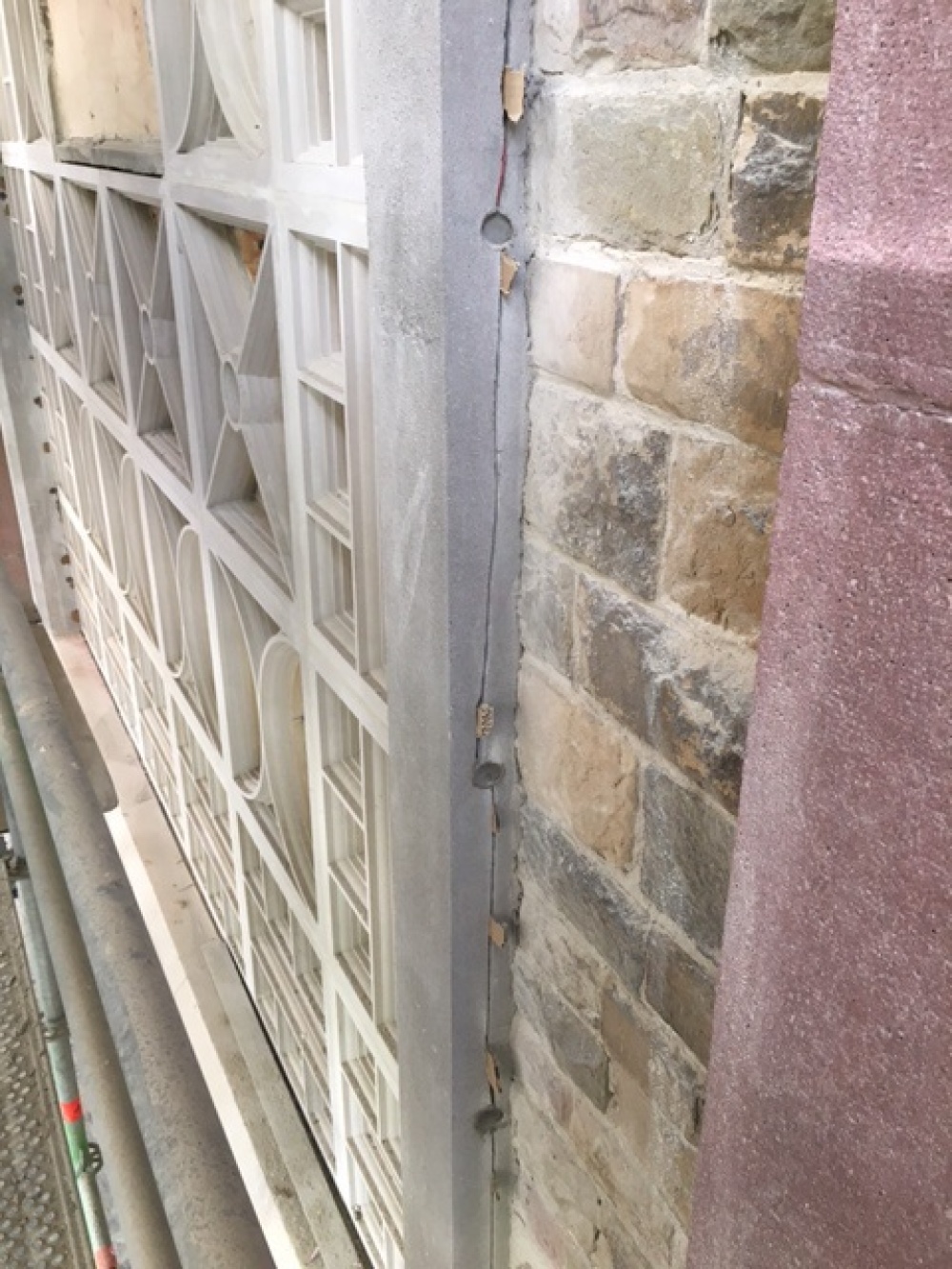
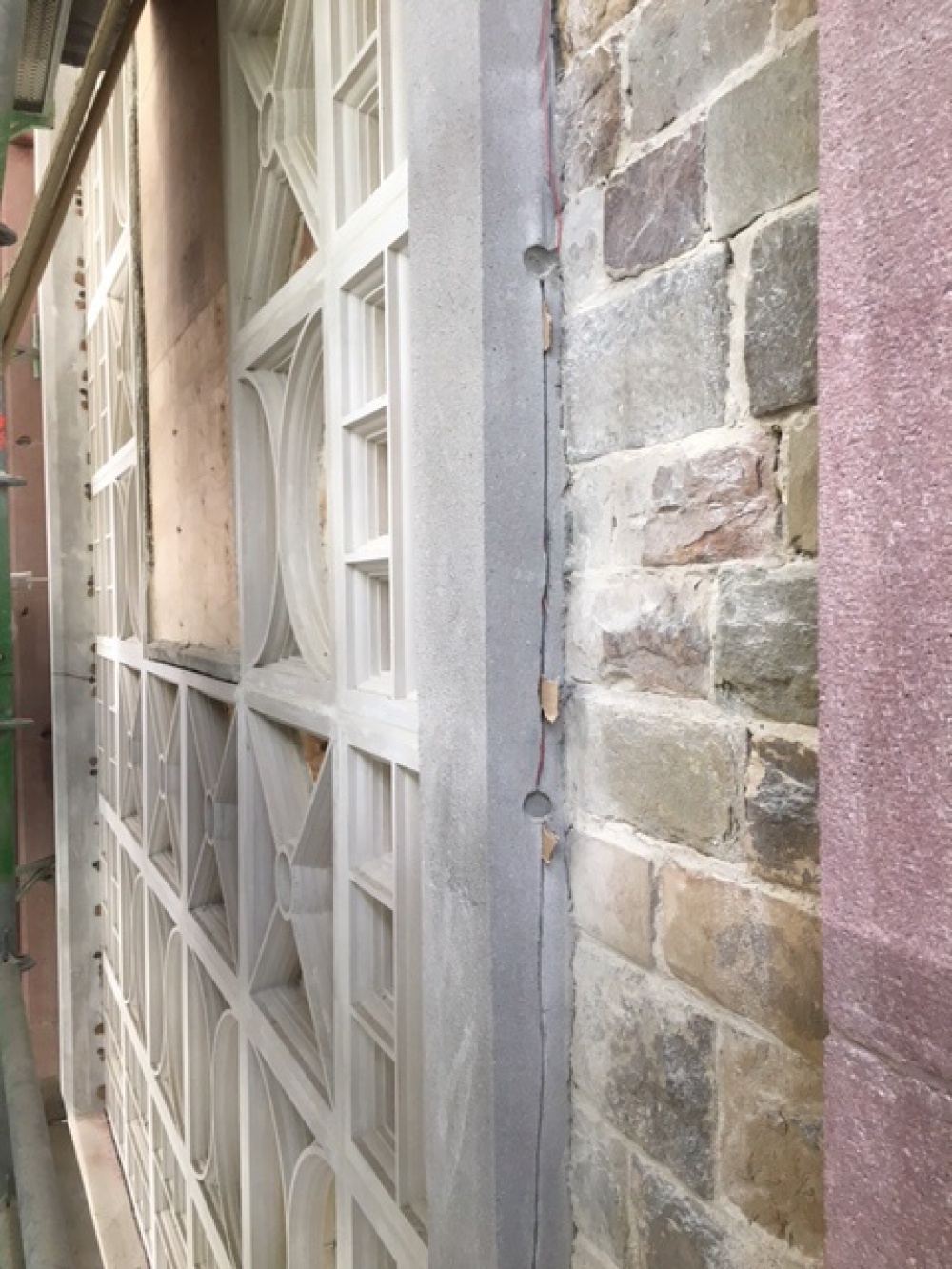
The Result
By installing Type 2 anodes into this structure, the repair team was able to hide the installation holes in hard-to-see areas. This ensured the historic aesthetic of the church would be maintained while also adding decades to the structure's service life.
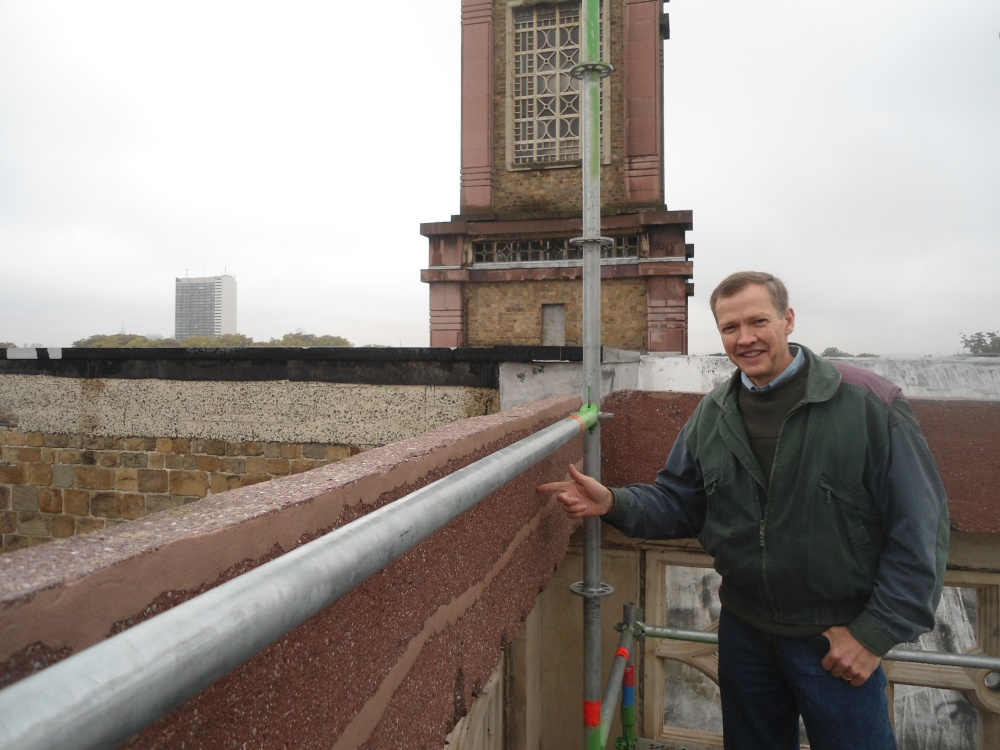
Technology Used
These innovative products and technologies were used on this project.